Pablo Picasso – CubismSynthetic cubism was the later period of the Cubist art movement generally dated from 1912 – 1919. Artists of Synthetic Cubism moved away from the multi-perspective approach of Analytical Cubism in favour of flattened images that dispensed allusions of the three-dimensional space. Pablo Picasso, Clarinet, Bottle of Bass, Newspaper, Ace of Clubs (2013) The approach of the analytical phase was More: One of Picasso’s greatest achievements was the co-invention of the CubismSynthetic cubism was the later period of the Cubist art movement generally dated from 1912 – 1919. Artists of Synthetic Cubism moved away from the multi-perspective approach of Analytical Cubism in favour of flattened images that dispensed allusions of the three-dimensional space. Pablo Picasso, Clarinet, Bottle of Bass, Newspaper, Ace of Clubs (2013) The approach of the analytical phase was More movement in tandem with French painter Georges Braque. “Les Demoiselles d’Avignon” was one of the first pictures which exemplified this new art style, in which Picasso rejected the conventions of paintingPainting is a fundamental form of visual art that has been practiced for thousands of years. It involves applying pigment to a surface such as canvas, paper, or a wall. Painting can be explored through various styles, techniques, and mediums, each offering unique possibilities for expression and creativity. Historical Background • Ancient Beginnings: The history of painting dates back to More since the Renaissance, which involved creating an illusion of a three-dimensional space. Instead, he emphasized the flat, two-dimensional nature of the image, avoiding the use of traditional approaches such as the central perspective, foreshortening, chiaroscuro, and modelling. The Cubist way of paintingPainting is a fundamental form of visual art that has been practiced for thousands of years. It involves applying pigment to a surface such as canvas, paper, or a wall. Painting can be explored through various styles, techniques, and mediums, each offering unique possibilities for expression and creativity. Historical Background • Ancient Beginnings: The history of painting dates back to More disassembled figures and objects into flat snapshots, which were then laid out in a series of opaque overlapping planes. This allowed presenting an object from a multiplicity of viewpoints instead of just a single viewpoint at one particular point in time, as can be most clearly seen in later pictures such as Pablo Picasso’s Guernica (1937).
Where is the picture “Les Demoiselles d’Avignon” today?
The original picture of “Les Demoiselles d’Avignon” is on display as part of the permanent collection of the Museum of Modern Art, New York City.
What’s in it?
Large in scale measuring 244 x 233 centimetres, the original composition could have filled an entire wall. The paintingPainting is a fundamental form of visual art that has been practiced for thousands of years. It involves applying pigment to a surface such as canvas, paper, or a wall. Painting can be explored through various styles, techniques, and mediums, each offering unique possibilities for expression and creativity. Historical Background • Ancient Beginnings: The history of painting dates back to More presents a mosaic of angular and overlapping fragments of five female nudes, some of them staring provocatively at the viewer. Five women – each over two metres tall – are pressing themselves to the surface of the picture, the colour of flesh making them appear not merely nude, but starkly naked. There does not seem to be any connection between the respective figures, which heightens the drama presented. While the two women in the centre gaze daringly at the audience lifting their arms to show their breasts, the figure on the top right, another sitting at the bottom right and a further squatting figure, are covered with what appears to be animalistic masks made up of multiple views like a jigsaw.
What’s the context?
Picasso – Les Demoiselles – Facts:
Picasso’s Rose Period, which demonstrated the artists’ stylistic experiments with primitivism, was followed by his African Period in 1907, which again culminated in the Proto-Cubist picture of the artist’s masterpiece Les Demoiselles d’Avignon. This picture was the result of an approach, in which Picasso focused heavily on the analysis and simplification of form. Frustrated with the theory of art as the imitation of nature – a concept, that had been mastered by the Impressionists – he sought intellectual expressionismExpressionism in fine arts was a modernist movement, which originated in Germany in the late 19th and early 20th century. Its roots of can be traced to Post-Impressionist artists like Edvard Munch in Norway, and Gustav Klimt of the Vienna Secession. Core attribute of Expressionism is the tendency to present the world solely from a subjective perspective, distorting objects radically More that would allow him to portray a new reality based on the two-dimensional picture plane. Choosing an explicit theme like the group of nude females has been attributed to the goal of unfolding the redemptive power of art.
Chatter and Prattle
- Pablo PicassoPablo Picasso (1881–1973), was a Spanish painter, sculptor, graphic artist, and resident in France from 1904. He was a dominant figure in avant-garde movements in the first half of the 20th century due to his technical versatility and prolific inventiveness. picasso-self-portrait Picasso’s progression in his early work is largely categorized by predominant colour schemes: His Blue Period (1901-1904) features motifs More referred to his picture as “my brothel”. However, since this name seemed too straightforward for the exhibition, he accepted the light-hearted suggestion by the poet and art critic André Salmon (1881-1969) calling it “Les Demoiselles d’Avignon“. Salmon claimed to see a resemblance between Picasso’s figures and the prostitutes on Carrer d’Avinyo – Avignon Street – in Barcelona.
- The artist initially showed the picture only to a handful of fellow artists, including Georges Braque, André Derain, Guillaume Apollinaire, and Matisse. However, some of his friends strongly criticized the paintingPainting is a fundamental form of visual art that has been practiced for thousands of years. It involves applying pigment to a surface such as canvas, paper, or a wall. Painting can be explored through various styles, techniques, and mediums, each offering unique possibilities for expression and creativity. Historical Background • Ancient Beginnings: The history of painting dates back to More, so that Picasso decided not to exhibit it for almost a decade. Finally, in 1916, he had it displayed at the show “Modern Art in France” at the Salon d’Antin.
- Afterwards, the paintingPainting is a fundamental form of visual art that has been practiced for thousands of years. It involves applying pigment to a surface such as canvas, paper, or a wall. Painting can be explored through various styles, techniques, and mediums, each offering unique possibilities for expression and creativity. Historical Background • Ancient Beginnings: The history of painting dates back to More remained with Picasso until 1924, when he sold it to the designer Jacques Doucet for 25,000 francs. The artist had agreed on this artificially low price since Doucet allegedly promised to bequeath it to the Louvre. Yet “Les Demoiselles d’Avignon” wasn’t seen openly again until the year 1938 when it was purchased by the Museum of Modern Art, New York City.
Recommended Readings:
This article may contain compensated links. Please read Disclaimer for more info. As an Amazon Associate, I earn from qualifying purchases.
Marilyn McCully et al. (2019): Picasso: Blue and Rose Periods
Victoria Charles (2019): Pablo Picasso Masterwoks
Roland Doschka et al. (2000): Pablo Picasso: Metamorphoses of the Human Form : Graphic Works, 1895-1972
Francoise Gilot et al. (2020): Life with Picasso
Christopher Lloyd (2018): Picasso and the Art of Drawing

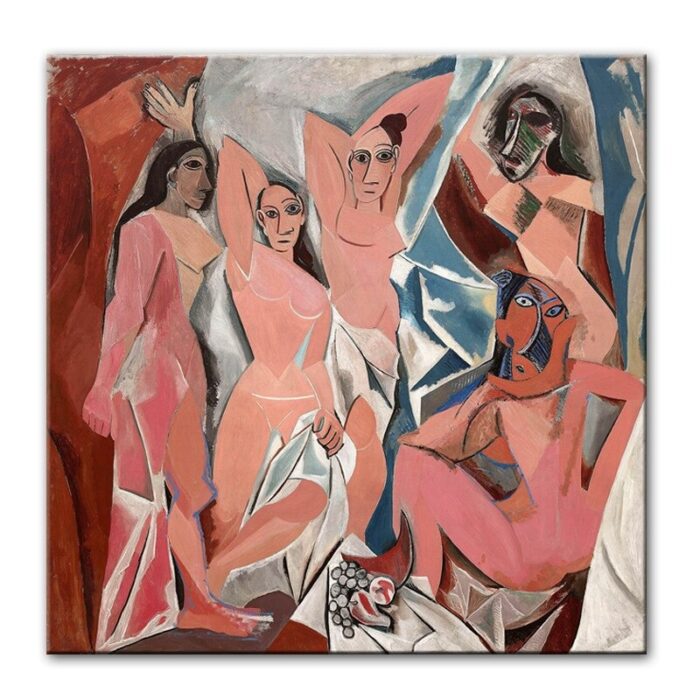



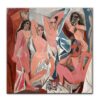



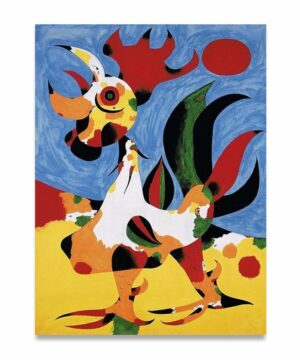
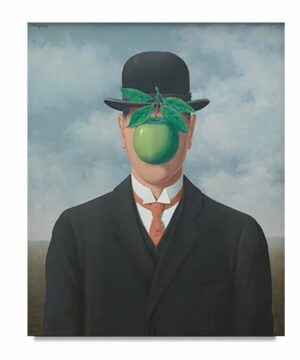
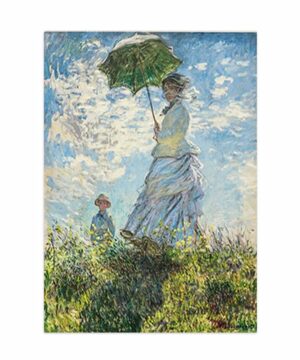
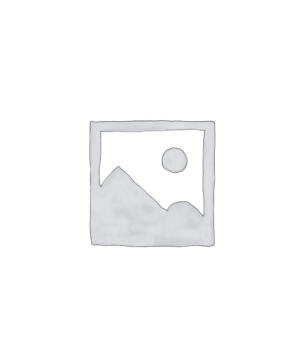
Reviews
There are no reviews yet.